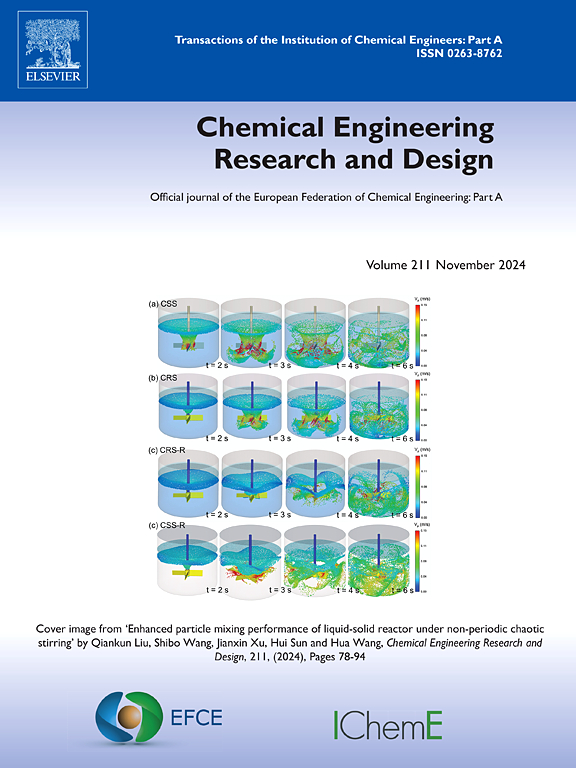Customizing the structure and performance of thin-film composite nanofiltration membranes for water treatment with 1D nanomaterial interlayers: A review
IF 3.7
3区 工程技术
Q2 ENGINEERING, CHEMICAL
引用次数: 0
Abstract
Thin-film composite (TFC) membranes made from polyamide are considered the benchmark for nanofiltration (NF) technologies used in water treatment. However, traditional TFC NF membranes face challenges such as the inevitable trade-off between permeability and selectivity, as well as membrane fouling. A potential solution is to introduce a one-dimensional nanomaterial interlayer (1D-NIL) between the microporous substrate and the polyamide layers to modulate the interfacial polymerization and optimize the microstructure and performance of the resulting NF membranes. This review critically summarizes recent developments in TFC NF membranes with 1D-NILs for water treatment. Common 1D nanomaterials used in NF membrane interlayers and interlayer preparation methods are first discussed on the basis of the available literature. The mechanisms influencing the structure and performance of NF membranes produced with these 1D-NILs are then systematically reviewed. Finally, a perspective on the development of 1D-NIL NF membranes is presented, with an emphasis on key future research directions to advance these membranes beyond the current technological level. This review provides valuable resources for the strategic design of advanced NF membranes utilizing 1D-NILs for water treatment applications.
一维纳米材料夹层水处理薄膜复合纳滤膜的结构与性能研究进展
由聚酰胺制成的薄膜复合膜(TFC)被认为是用于水处理的纳滤(NF)技术的基准。然而,传统的TFC纳滤膜面临着渗透性和选择性之间不可避免的权衡以及膜污染等挑战。一种潜在的解决方案是在微孔衬底和聚酰胺层之间引入一维纳米材料中间层(1D-NIL)来调节界面聚合并优化所得到的纳滤膜的微观结构和性能。本文综述了含1D-NILs的TFC纳滤膜在水处理方面的最新进展。在现有文献的基础上,首先讨论了用于纳滤膜间层的常见一维纳米材料及其制备方法。然后系统地回顾了影响用这些1D-NILs生产的NF膜结构和性能的机制。最后,对1D-NIL纳滤膜的发展进行了展望,并重点指出了未来的重点研究方向,以使这些膜超越当前的技术水平。这一综述为利用d - nils设计用于水处理的高级纳滤膜提供了有价值的资源。
本文章由计算机程序翻译,如有差异,请以英文原文为准。
求助全文
约1分钟内获得全文
求助全文
来源期刊

Chemical Engineering Research & Design
工程技术-工程:化工
CiteScore
6.10
自引率
7.70%
发文量
623
审稿时长
42 days
期刊介绍:
ChERD aims to be the principal international journal for publication of high quality, original papers in chemical engineering.
Papers showing how research results can be used in chemical engineering design, and accounts of experimental or theoretical research work bringing new perspectives to established principles, highlighting unsolved problems or indicating directions for future research, are particularly welcome. Contributions that deal with new developments in plant or processes and that can be given quantitative expression are encouraged. The journal is especially interested in papers that extend the boundaries of traditional chemical engineering.
 求助内容:
求助内容: 应助结果提醒方式:
应助结果提醒方式:


